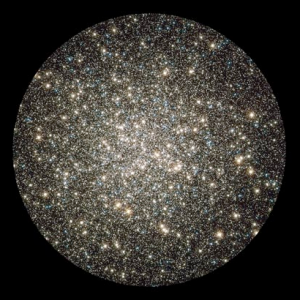Greetings readers, a follow up on questions concerning choosing a visual meditation practice:
First a few words about the practice itself:
With respect to stress reduction and the desire to create a sense of inner well being, visual meditations may be ideal for
a) Those who find deep appreciation and calm in viewing visual art; and
b) Those who find the visual complexity of a mandala, the perfect sensory road to travel on in the quest for time/space centering of one’s “self.”
Put in everyday (well sorta) terms, visual meditations call on rehearsed neural circuits that enable the human brain to “pattern recognize” in ways that stretch beyond ordinary looking and seeing. Pattern recognition, after all, is basic to the acts of looking and seeing. As the great anthropologist and cognitive theorist Gregory Bateson pointed out, “pattern recognition” is that which binds mind to life. Or as AI theorist Ray Kurzweil maintains, pattern recognition constitutes the first sign of biological intelligence (something that can be shared with non-biological intelligence, presuming we program the “thing,”). Following this line of thinking, rehearsed pattern recognition creates the neurochemical connections necessary for the production of new “brain maps” — neural networks that correlate with learning and memory retention.
Practice, in other words, creates greater synaptic connections in our brains that form and correlate with sense perceptions, images, ideas, feelings and intuitions. With respect to using visual meditation as a way to reduce stress, some evidence suggests the less complex visual image, the easier it is to perceive and focus attention upon. Let’s take. for instance, the act of attending to a single image like this week’s Hubble Telescope shot of a globular cluster of stars in the Northern Sky!

Northern Sky, Globular Cluster M13 captured by the Hubble Telescope
If you’re prone to nature mysticism (C.F. William James), then you might first sense the awesome beauty of the cosmic start system. If you’re given to the metaphysics of geometry, you might pause on the elegance symbology of a cosmic circle. But if you’re interested in using the image of a cosmic star system to train your attention toward calmness and stability, then I suggest bringing along with visual attention, your sensory awareness of ordinary breathing. As one learns from the ancient Buddhist practice of mandala gazing, its the repeated experiential pairing of “looking” and “breathing” that helps one move from image perception and analysis to image experience. Meditative looking, to put it neatly, is embodied.
Today, neuroscientists reporting on perception and cognition, tell us that visual meditation experiences, like all other visual experiences, are synthesized in the visual cortex, related to other areas of the brain, e.g. the somasensory cortex. By adding breathing to the mix, visuality is further grounded in the body of experience.
Or to put it another way,
Bringing the art of breathing to the art of meditative visual image gazing transforms the neuroscience, if you will, of the visual experience.
What then do we make of the complex patterns one finds in Buddhist mandalas or Islamic mosque imagery, such as we find anew on Phil George’s sublime surfboards?
To be continued in my next blog….
Synaptically yours,
Dr. G.